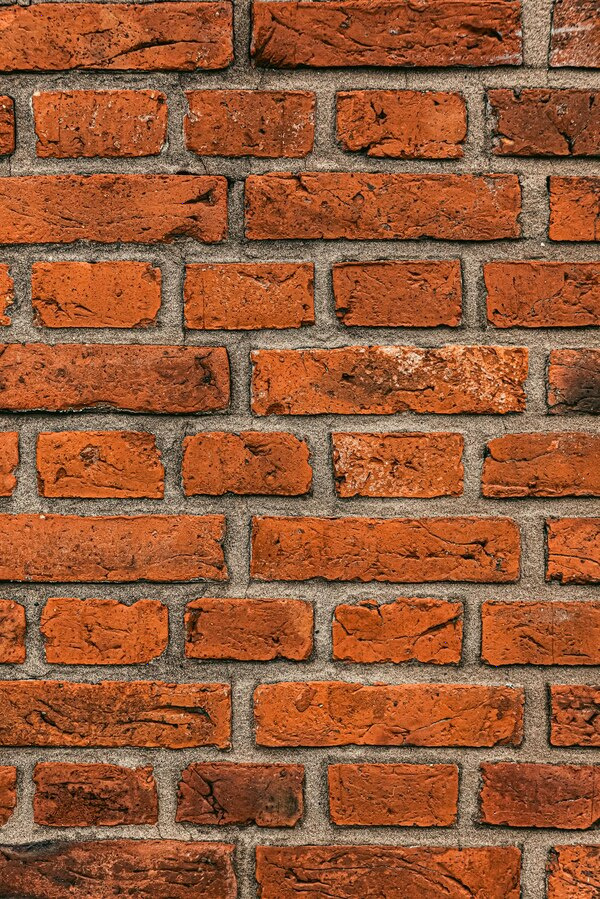Sustainable Design Trends in the US

As the world becomes increasingly aware of the pressing need to address environmental challenges, sustainable design has emerged as a crucial trend in the architectural and interior design industries in the United States. This movement seeks to minimize negative impacts on the environment, promote the efficient use of resources, and create healthier living spaces for inhabitants. Here, we explore several key sustainable design trends that are shaping the U.S. landscape.
1. Passive House Standards: One of the most influential trends is the growing adoption of Passive House standards, a rigorous, voluntary standard for energy efficiency in buildings. This approach emphasizes reducing a building's ecological footprint and prioritizing superior indoor air quality. By using airtight construction, super insulation, high-performance windows, and strategic ventilation systems, passive houses consume up to 90% less heating and cooling energy than traditional buildings. More U.S. developers and architects are incorporating these principles into their projects, making homes more energy-efficient and comfortable.
2. Biophilic Design: Biophilic design is inspired by the concept of reconnecting people with nature in the built environment. This trend emphasizes the use of natural elements such as light, greenery, and organic materials to enhance the emotional well-being and health of occupants. Vertical gardens, green roofs, and living walls are prominent examples, helping to clean the air, reduce stress, and improve productivity. As cities become denser, incorporating biophilic elements into urban design is becoming increasingly vital.
3. Renewable and Recycled Materials: Sustainable design also looks at the inputs used in construction and furnishing. There is an increased preference for renewable and recycled materials, such as bamboo, reclaimed wood, and recycled metal. These materials reduce the need for virgin resources and often come with lower carbon footprints. The U.S. design industry is also embracing innovative products like cross-laminated timber and hempcrete, which offer sustainability benefits without compromising on durability or aesthetic appeal.
4. Net-Zero and Carbon-Positive Buildings: The concept of net-zero energy buildings, where the total amount of energy consumed is offset by the amount of renewable energy generated on-site, is gaining traction. Architects and builders are now aspiring for carbon-positive buildings, which not only achieve net-zero status but also actively contribute more energy than they consume over their lifetime. Incorporating solar panels, wind turbines, and geothermal systems, these structures are at the forefront of technological and design innovation in sustainable architecture.
5. Smart Home Technology: Incorporating smart technologies is another trend that enhances sustainability in design. Smart home systems allow for the automated control of energy use, optimizing heating, lighting, and water consumption. These technologies are becoming more sophisticated, enabling homes to adapt to the needs of their residents while conserving resources. By using data analytics, smart homes can identify patterns and behaviors to suggest further energy-saving measures, thus reducing their ecological footprint.
6. Community-Centric Urban Planning: Sustainable design extends beyond individual buildings to include community-centric urban planning. Mixed-use developments that integrate residential, commercial, and recreational spaces encourage walking and the use of public transport, thereby reducing the dependence on private vehicles. Such planning promotes healthier lifestyles and stronger community ties while reducing greenhouse gas emissions. In the U.S., cities are increasingly incorporating these principles into their master plans to create livable, sustainable communities.
7. Water Conservation: Water conservation has become a significant concern amid growing water scarcity in many parts of the U.S. Implementing water-efficient fixtures, rainwater harvesting systems, and greywater recycling are common strategies in sustainable design. Landscape architecture is also focusing on xeriscaping, a style of landscaping that minimizes irrigation needs by using drought-resistant plants, thereby conserving water.
In conclusion, sustainable design trends in the U.S. reflect a broader commitment to environmental stewardship and innovation. These practices not only reduce environmental impact but also create healthier, more efficient living spaces that are adaptable to future needs. As sustainability becomes a central tenet of design philosophy, it promises to reshape communities, improve quality of life, and contribute to a more sustainable future.